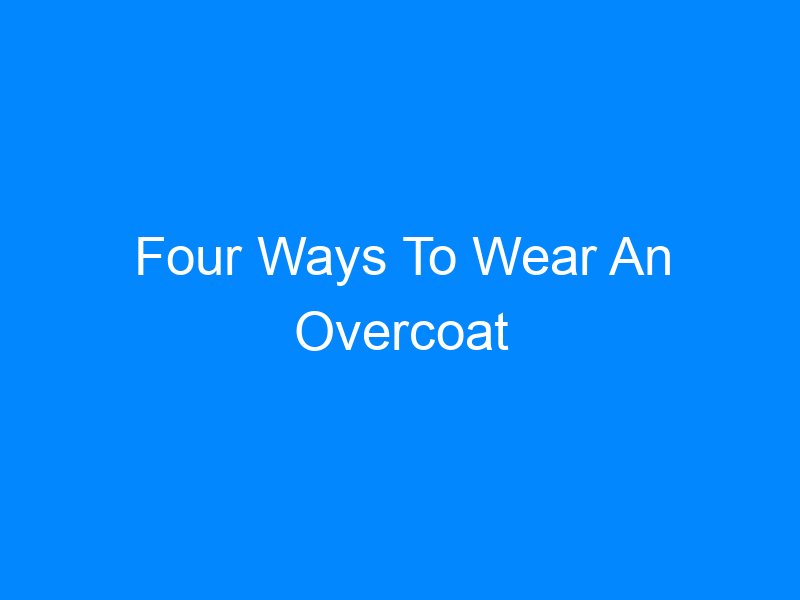Zero-Solvent Bonding: The Future of Upper-Midsole Assembly
Shoes glue stuff together.
A big smell comes from that glue.
Factories use a strong liquid called a solvent to melt sticky parts.
It works quickly, but the air smells bad, and people wear masks.
Planet coughs too.
Now, a new trick steps in: zero-solvent bonding.
No harsh vapor, no headache, nearly no waste.
We talk about how it does magic, why it’s safer, and ways brands can jump.
1. Picture the old mess
Table of Contents
The worker picks can of solvent cement.
He dips the brush, wipes the midsole edge, and waits fifteen seconds.
Upper gets dab, then both halves slap together under a hot press.
Fumes rise like a ghost.
The fan blows, yet smells of sticks on the nose.
Solvent floats high, meets the sky, mixes with other gases, and makes smog.
Some drip on the floor, roll to the drain.
Leather darkens where liquid sits too long.
Process fast but rough.
2. What “zero-solvent” really means
No liquid that flashes away.
Bond made by film, web, or powder glue—dry until heat wakes it.
Another path uses UV light to cure a special paste.
A third way is water-based, but that still counts tiny solvent bits, so we leave it aside today.
Key idea: keep chemistry solid or asleep until final press.
Nothing floats in the air, so the nose stays calm.
3. How film bonding works
Think of a thin candy wrapper, clear and bendy.
That is glue film.
Cut shapes, lay between the upper and midsole like a cheese slice.
Hot press at, say, 140 °C, squeeze ten seconds, cool.
Film melts, creeps into pores, then freezes tight.
Bond strength reaches 4 N/mm peel, good for marathon miles.
Each film roll weighs light, stores flat, and never leaks.
Any leftover clip goes to the recycling pot because it is still dry.
4. Powder web plays a different tune
Tiny grains scatter onto the midsole with the shaker screen.
Infra-red lamps soften them just a bit until grains stick like sugar on a donut.
Upper joins later in the final press.
Adjust the gram per square metre to tune flex.
More powder for a rugged boot, less for a race flat.
5. UV cure looks like sci-fi
A robot draws a thin bead of clear gel around the rim.
Parts fit, lamp flashes purple for one second.
Boom—bond done, room still cool.
Great for knitters who hate hot ovens.
Need special window filler in midsole so light can reach the glue line, else the cure stays shy.
6. Why zero-solvent wins big
- Clean air for people. No more dizzy staff.
- Less energy. Ovens run shorter or cooler.
- Fast color keeps. White midsoles stay white; solvent sometimes yellows.
- Simple QC. Dry film weight is easy to count, so the glue line is thick the same for each pair.
- Easy recycle. Same polymer family in glue and foam means smoother melt back.
7. Tiny bumps to step over
Film needs the right heat; too low, the bond weakens; too hot, the upper shrinks.
Powder can wander if the fan blows the wrong way.
UV gel costs more per gram, yet saves labor later.
Training day helps.
Show workers how to read a little laser thermometer.
Teach cut shapes tidy; ragged film edge leaves a gap.
8. Number talk in playful math
Old solvent method:
- Glue usage ~8 g per shoe.
- Volatile organic compounds (VOC) ~7 g fly away.
- Dry time 2-3 minutes for each bench.
Film bonding:
- Use 6 g, all stay put.
- VOC nearly 0 g.
- Press + cool ~40 seconds.
Saving two minutes sounds small, yet the line makes 3,000 pairs a day.
Time bank grows 100 hours per month—one extra shift free.
9. Real story from factory lane
A Thai sports shoe plant swapped heel bonding first.
They cut little horseshoe film, pressed at 150 °C.
The rejection rate fell from 4 % to 1 %.
Noise inside the dry room dropped because the huge exhaust fans slowed.
Workers joked they smell lunch again.
After six months, they shifted the whole upper circumference to the powder web.
Electric bill fell; plant won green award at city fair. Sewing machine thread, like bonded nylon thread, is used to make shoes.
10. Quick start guide for brand teams
- Map glue joints—find ones with flat land for film first.
- Ask the supplier for the same polymer adhesive family.
- Run a small batch of 100 pairs, bend flex 50,000 times.
- Measure peel every 5,000; log numbers.
- Scale step by step; keep one solvent bench as backup until month three.
- Share photos with marketing—they love shiny new process stories.
Simple list, but keeps feet steady.
11. Future peek
Engineers are mixing bio-based TPU film from corn.
Others test laser-activated powder that bonds in milliseconds.
Smart glue will one day melt again at the recycling depot, but it stays firm during the summer car trunk.
Circle life is coming closer.
Last toe-off
Solvent glue built sneaker world for decades, but air and people paid the price.
Zero-solvent bonding writes a better ending.
Dry film, soft powder, bright UV—each method pulls fumes out, puts speed in.
Upper meets midsole, kiss clean, hold tight.
Next time you tie laces, maybe thank that quiet, odor-free line hiding inside.
Light shoes, happy lungs, greener map—that future starts now, one press at a time.



